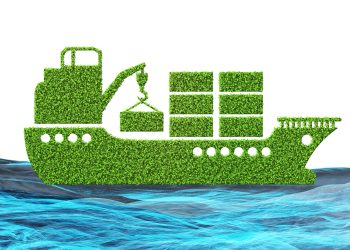A vocabulary containing a large number of terms used in maritime regulations

e-Compliance, a partly EU funded research project on maritime regulations, is delighted to announce the delivery of its Maritime Thesaurus and Ontology.
The e-Compliance thesaurus is a hierarchically structured controlled vocabulary containing a large number of terms (or “concepts”) that are frequently used in maritime regulations. It is intended to be used as a reference vocabulary for the drafting of maritime rules and regulations. The thesaurus distinguishes between a “preferred label” and one or more synonymous “alternative labels” for a concept. It thus encourages the use of “official”, unambiguous terms for given concepts (e.g. “fishing vessel” instead of “fishing boat”) which will help unify and streamline the language used in regulation texts.
In contrast, the e-Compliance ontology is a data structure to model the maritime regulations domain. It is intended to capture the “meaning” of regulations in a computer-readable fashion. The ontology contains so-called “classes” which describe the objects in the domain – ships, ports, regulation documents or even people and their roles. These classes are then linked in a meaningful way to capture the content of regulations.
For example, a regulation of the form Passenger ships on international voyages must have a doctor on board would be described by an instance of the Rule class; each rule has a Target (its subject, in this case passenger ships), a Context (the circumstances when the rule applies, in this case on international voyages) and a Requirement (in this case must have doctor on board). This simple structure allows us to (in principle) capture the meaning of maritime regulations and store it in a computer-readable format. Hence the e-Compliance ontology endows software systems with a certain understanding of legal texts, which allows them to actively assist users in the task of enforcing and complying with maritime regulations.
The e-Compliance project will use the thesaurus and ontology as the basis to develop semantic technologies for searching, drafting and annotating maritime regulations. This technology will rely on the existing content enrichment system Luxid (built by e-Compliance partner Temis) which will be configured specifically for the maritime domain. Using this technology, the consortium is developing a Creation Tool that is meant to assist legislators with the drafting of maritime regulations. This tool will help its users to choose the correct terms, produce consistently structured regulations and (to some extent) find overlaps and contradictions with already existing regulations.
These e-Compliance tools are the first of their kind that are specifically designed for the maritime regulations domain; they are intended to lessen the burden for those that need to create, enforce and comply with maritime rules and regulations.
Source:e-compliance





























































